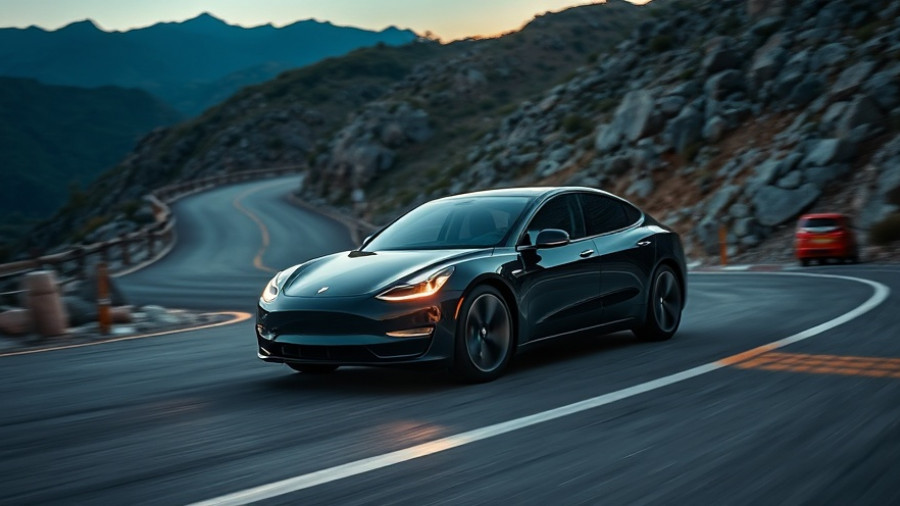
The Shift in the Automotive Industry: Japan's Bold Move to India
In a remarkable shift that signals changing tides in the global automotive landscape, Japanese auto giants Toyota, Honda, and Suzuki are pivoting their focus away from China, betting instead on India's potential as the next automotive powerhouse. With a staggering investment of over $11 billion among them, these companies are reimagining their production strategies to leverage advantages that India holds over its northern neighbor.
Why India is the New Frontier for Japanese Automakers
Historically significant for its automotive influence, China is experiencing a decline in interest from Japanese manufacturers. In stark contrast, India is seeing an influx of Japanese investment, with direct investments ballooning by over seven times since 2021. Analysts point to several compelling reasons for this shift. India offers a lower-cost environment, an expansive labor force, and market entry barriers for competing EV manufacturers. Moreover, the relative isolation from Chinese competition could fortify the position of these brands as they cultivate their presence in India.
Competing for Global Market Share
India has recently surpassed Japan to become the world's third-largest car market, selling 4.27 million vehicles in 2023. This surge is underpinned by growth prospects. With just 44 vehicles per 1,000 people, compared to Japan's 502 and China's 251, India presents a tremendous opportunity for expansion as car ownership becomes more prevalent in the coming years.
Manufacturing Investments: The Numbers Speak
Breaking down the investments, Toyota and Suzuki are pouring more than $11 billion into development, which includes expanding their production capacity to over 1 million vehicles in Toyota's case, and 4 million for Suzuki. This proactive stance destinations Toyota especially for a lead in affordable vehicle offerings worldwide through Indian manufacturing hubs.
The Ripple Effect on Global Consumers
For consumers globally, particularly in the US, this shift could lead to a reduction in vehicle prices as Indian-manufactured vehicles become more accessible. With tariffs on passenger vehicles exported from India to the US currently non-existent, American buyers may soon benefit from a wider range of budget-friendly options. This pivot not only reshapes automotive production but also translates to enhanced consumer accessibility.
The Future of the Automotive Landscape
As Japanese manufacturers continue to expand their footprint in India, the landscape of the automotive industry is set to change. With the country’s production capabilities on the rise and an eager consumer base, we could witness a dramatic escalation in competition among global automakers. The question now remains: will this shift create a new norm in automotive manufacturing, or is it merely a temporary redirection?
This striking turn of events in the automotive world illustrates how swiftly the industry can adapt in response to global economic shifts. For investors, consumers, and analysts alike, keeping an eye on India’s automotive growth could provide unprecedented insights into the future of car manufacturing as we know it.
 Add Row
Add Row  Add
Add 




Write A Comment